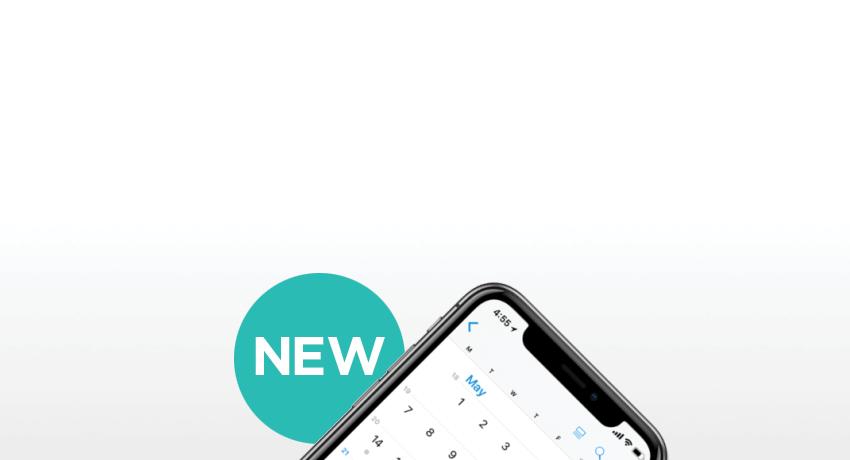What is it?An anal fissure is a tear (usually small) in the skin that lines the anus, the opening through which stool passes out of the body.
What causes it?Any trauma which stretches or puts stress on the end of the anal canal, such as passage of large, hard stool, straining with a bowel movement, or explosive diarrhea can cause a tear. Sometimes people who have other medical conditions, such as Crohn’s disease, may develop fissures as part of the overall disease.
What are the symptoms?
- Rectal pain during a bowel movement and sometimes for a period of time after the bowel movement.
- Bright red blood on the toilet paper or in the toilet.
- A feeling of itching or irritation around the anus.
- A visible crack in the skin (may look like a little paper cut).
- If the fissure becomes more chronic, there may still be pain, but no bleeding.
How is it diagnosed?An anal fissure is diagnosed based on the symptoms described above and on physical exam, looking for direct visual confirmation of the fissure.
How is it treated?A new fissure frequently heals on its own and does not require treatment.
More chronic fissures require treatment which may include eliminating constipation, softening stool and decreasing anal spasm. These treatments include:
- Increasing dietary fiber to 25-35 Gm daily.
- Adding a daily fiber supplement
- Using laxatives (such as Miralax) and/or stool softeners to relieve straining and hard stool.
- Sitz baths (sitting in a few inches of warm water) for about 15min. 2-3 x daily until fissure is healed. This also decreases discomfort.
More resistant fissures might require medical treatment with topical medications that reduce the internal and external sphincter pressure, such as nitroglycerine, diltiazem or nifedipine. These are made into an ointment and a small drop is applied to the fissure and around the anal opening, 2-3 times each day.
If the fissure persists despite medical treatment, a referral to a colorectal surgeon may be needed.
When to seek medical advice.If you experience rectal pain during or after bowel movements and/or you are seeing bright red blood on the toilet paper or in the toilet.
Additional resourceswww.uptodate.com/contents/patient-information-anal-fissure


